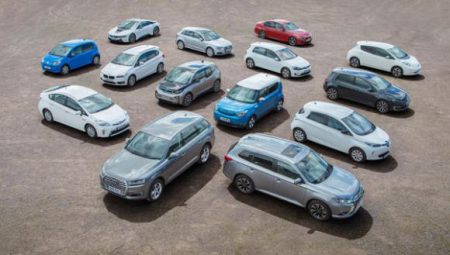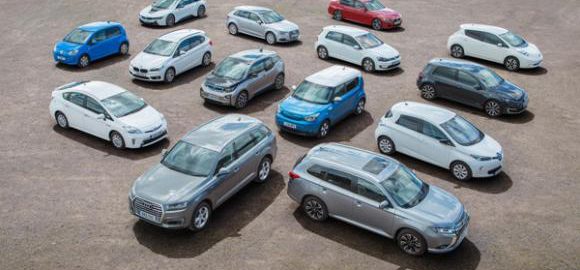In the last decade the challenges faced by fleet managers have dramatically changed. From fuel price volatility to changes in technology that allow fleet managers to monitor vehicle usage and efficiencies – the job for a fleet manager is considerably different to ten years ago. One thing that has remained, however, is the strive towards greener fleet management.
Changes in corporate and social regulations which increase sustainability plus growing demand for cost reductions encourage fleet managers to source greener alternatives that aren’t too costly.
Despite everyone talking about it, there is a surprising lack of clarity to help managers make the right moves towards greener fleets. There are several hurdles to get over before the process can begin, staff buy-in and initial upfront costs, to name a few – however once these are addressed, there are so many benefits.

1. Electric Vehicles (EV)
Fleet managers wanting to make a conscious effort to be greener should look to switching their fleets to electric vehicles. EVs have often had a perception challenge surrounding battery range, with many citing this as a major reason for not investing in EV. Yet, in recent years, Plug-ins, Hybrid and EV technology and range has increased to up to 500km, bringing about a significant change.
As infrastructure improves, more public charge points are available and most EVs come with smart technology that allows you to locate the nearest charge point to your location.
‘Refuelling’ is minimal cost and once the actual foundations have been put in place e.g. installing dedicated equipment, charging can take place at home or work.
2. Cost reduction and savings
Reducing overall costs for any manager is a constant uphill battle. For a fleet manager, keeping an eye on costs is probably the number one challenge and the pressure to save money is persistent. Volatile fuel prices means it can be tricky to keep a handle on predicted costs and some fleet managers can find themselves trying to make cuts in other places, like maintenance.
The government has also put in place schemes to incentivise anyone thinking about making the switch; low or zero road tax and exemption from the London Congestion Charge are both benefits of moving to the renewable energy way of driving.
With low carbon dioxide emissions comes low tax. Businesses with low CO2 emissions benefit from corporation tax relief and allowances as well as lower national Insurance payments.
3. Hybrids and Plug-ins
Another consideration is to look at the use of Hybrid and plug-in hybrid vehicles. This option gives drivers the best of both worlds and is probably most chosen by those wanting to go green but aren’t entirely confident in full EVs yet.
As mentioned previously, one of the big hesitations among drivers when switching from fuel to EV is ‘what if I run out of charge and become stranded’. Fleet managers who face hesitation from nervous drivers worried about being stranded with no means of charging should take a look into hybrid vehicles as they could be just the solution they need.
4. Good brand reputation
Companies that are seen to be making greener decisions and moves are praised. Most organisations now have carbon reduction or corporate social responsibility targets and it’s very much seen as ‘the thing to do’.
Sustainability is the buzzword for many businesses and some big players are investing efforts and money into activity that is driving their social efforts into the public eye. But this shouldn’t be the only reason for adopting greener initiatives.
Read more: Fleet News
